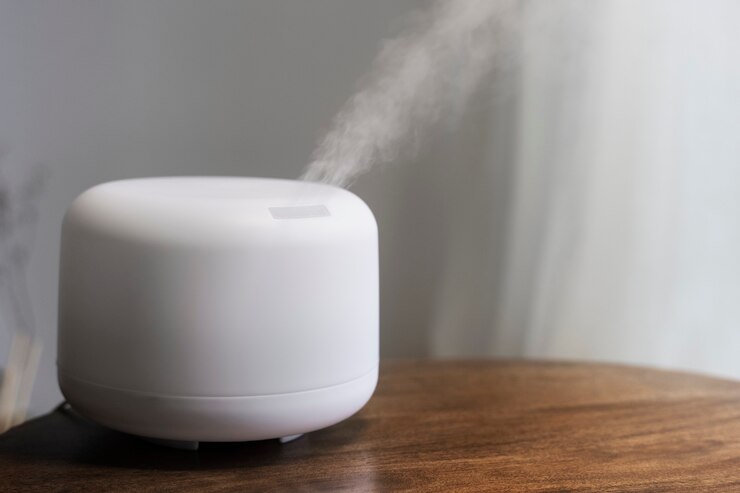
A High-Efficiency Particulate Air (HEPA) purifier is an advanced air purification device designed to improve indoor air quality by removing airborne particles. Here are detailed explanations of various aspects of HEPA air purifiers:
1. HEPA Filter Technology:
HEPA filters are made of densely packed fibers, typically composed of fiberglass. These fibers create a maze-like structure that traps particles as air passes through.
To be classified as a true HEPA filter, it must capture at least 99.97% of particles that are 0.3 microns in size.
2. Particle Removal Capability:
HEPA filters can effectively capture a wide range of particles, including dust, pollen, pet dander, mold spores, and even bacteria and viruses.
The 0.3-micron size is considered the most challenging for the filter, making it efficient at capturing both larger and smaller particles.
3. Air Circulation and CADR (Clean Air Delivery Rate):
HEPA air purifiers have a specific CADR rating that indicates the volume of clean air delivered per minute. The higher the CADR, the faster the purifier can clean the air in a given space.
It’s crucial to choose a purifier with a CADR suitable for the size of the room or space.
4. Pre-Filters and Additional Filtration Stages:
Many HEPA air purifiers incorporate pre-filters to capture larger particles, extending the lifespan of the HEPA filter.
Some models also include additional filtration stages like activated carbon filters for odor and gas removal.
5. Air Purifier Design and Placement:
HEPA air purifiers come in various designs, including tower, console, and compact models.
Proper placement is essential for optimal performance. Placing the purifier in a central location with good airflow helps maximize its efficiency.
6. Noise Levels:
The noise level of HEPA air purifiers can vary. Look for models with lower decibel (dB) ratings if quiet operation is a priority, especially in bedrooms or offices.






